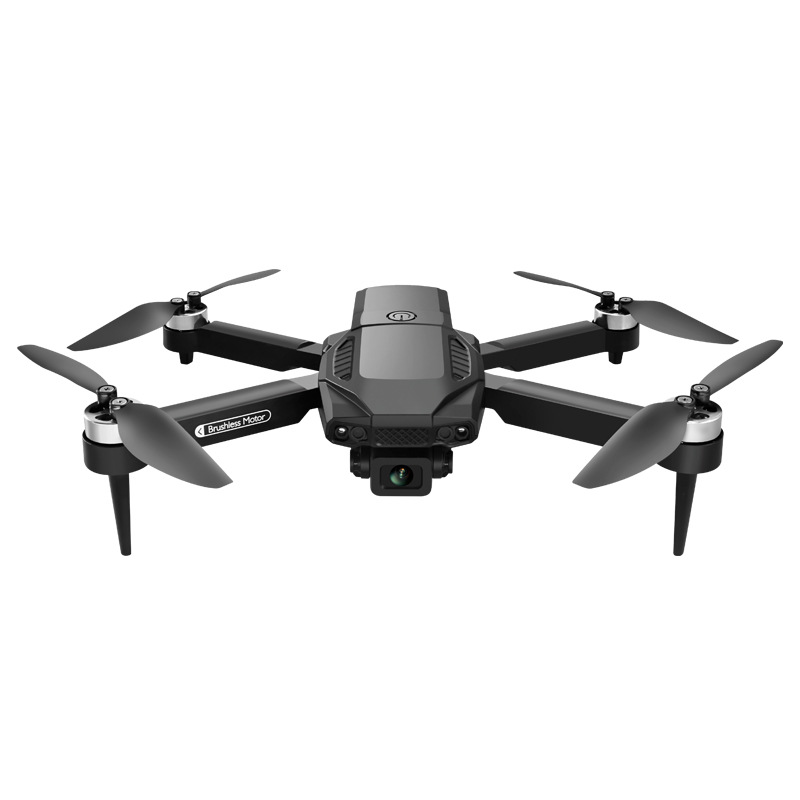Phone:
(701)814-6992
Physical address:
6296 Donnelly Plaza
Ratkeville, Bahamas.

Unmanned Aerial Vehicles (UAVs) have emerged as a revolutionary technological marvel, disrupting traditional industries and opening up new frontiers of innovation. The allure of UAVs lies not only in their versatility but also in the sophisticated technologies that power them, transforming the way we interact with the world from above.
At the heart of UAV functionality is the flight control system. Comprising sensors, microcontrollers, and complex algorithms, this system enables drones to maintain stability, navigate precisely, and execute maneuvers with remarkable accuracy. Inertial measurement units (IMUs), for example, measure the drone’s acceleration and angular rate, while barometers help in maintaining a stable altitude. These components work in harmony, allowing even novice users to pilot drones with relative ease.
The propulsion systems of UAVs are also a key area of technological advancement. Electric – powered quadcopters, with their brushless motors and lithium – polymer batteries, have become the norm for consumer – grade drones due to their quiet operation, low maintenance, and relatively clean energy source. For larger, industrial – grade UAVs, hybrid or even hydrogen – powered systems are being explored, aiming to extend flight times and increase payload capacities, which are crucial for applications like long – range cargo delivery and extensive aerial surveys.
One of the most exciting technological leaps in UAVs is the development of autonomous flight capabilities. Thanks to advancements in artificial intelligence and machine learning, drones can now be programmed to follow pre – set routes, avoid obstacles in real – time, and even make decisions based on the data they collect. Computer vision technology, using cameras and deep – learning algorithms, allows UAVs to recognize objects, read signs, and map terrain, which is invaluable in applications such as infrastructure inspection. Drones can autonomously scan bridges, power lines, and buildings, detecting structural flaws or signs of wear that might otherwise go unnoticed.
The impact of UAVs extends far beyond individual industries. In disaster management, they have become indispensable. After natural disasters like earthquakes or hurricanes, UAVs can quickly survey affected areas, providing real – time imagery and data to emergency responders. This information helps in assessing the scale of damage, locating survivors, and planning rescue operations more effectively. In environmental conservation, UAVs are used to monitor wildlife populations, track deforestation, and study marine ecosystems. They can access remote and dangerous areas that are difficult for humans to reach, contributing significantly to our understanding of the natural world.
However, as UAV technology becomes more prevalent, ethical and legal questions arise. The issue of privacy is a major concern, as drones equipped with high – resolution cameras can potentially invade personal space. There are also questions about the security of UAV systems, as they can be vulnerable to hacking, which could lead to malicious use. Governments around the world are grappling with how to regulate UAVs to ensure public safety and protect privacy rights while still fostering innovation.
The future of UAVs is likely to be intertwined with other emerging technologies. The integration of 5G networks will enable faster and more reliable communication between drones and operators, enhancing their performance in complex scenarios. Edge computing, which processes data closer to the source (in this case, on the drone itself), will reduce latency and improve the efficiency of autonomous operations. Additionally, the development of swarming technology, where multiple UAVs work together in coordinated formations, could revolutionize tasks such as large – scale mapping, search – and – rescue operations, and even large – area environmental monitoring.
In summary, UAVs represent a remarkable convergence of multiple technologies, each contributing to their growing capabilities and applications. While challenges remain in terms of regulation and ethical use, the potential of UAVs to transform our society, economy, and relationship with the environment is undeniable. As we continue to push the boundaries of technology, UAVs will undoubtedly soar to new heights, bringing about changes we can only begin to imagine today.